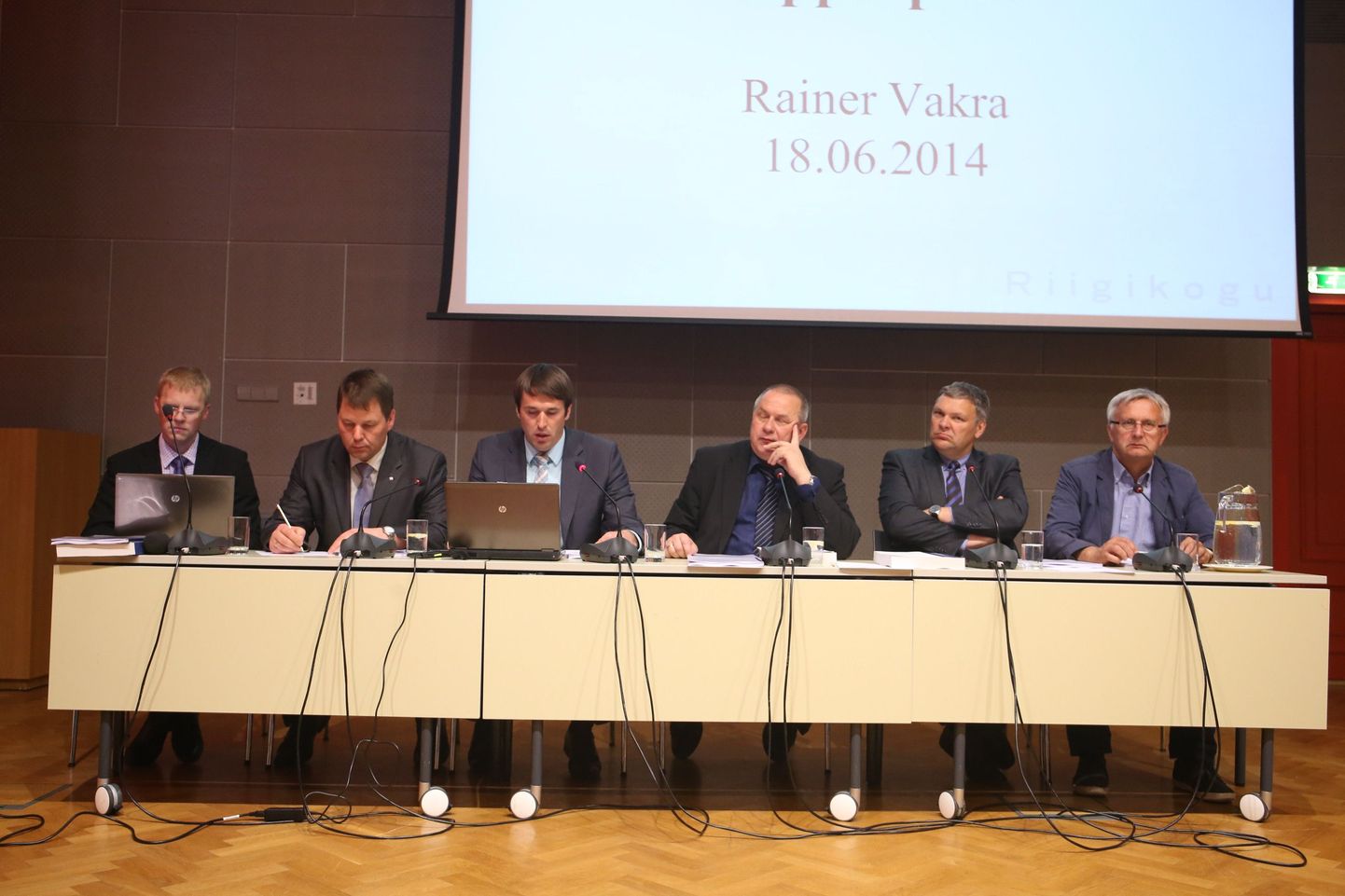What disturbs the committee most is that Mr Kraft and Eesti Pank under his leadership, for unclear reasons, created a favourable situation for a businessman. Meanwhile, they did not fulfil the order by Riigikogu to fight to all of the VEB Fund creditors’ frozen money.
«As long as Vahur Kraft has not provided clear answers to Estonian society – why and how – I think the rain clouds will forever remain over his head,» summarised Mr Vakra.
Committee member Marko Pomerants said the other key figure who claims not to remember anything is the vice president Enn Teimann. «One is a pensioner who isn’t doing anything in Estonian state any more. But the other one [Vahur Kraft – edit] has, I think, closed many doors for himself in Estonian state, especially when it comes to the world of finance,» thinks Mr Pomerants.
Why was Mr Kraft’s letter with false data only unearthed 17 years later? «A very narrow circle knew about it. In high likelihood, even National Audit Office failed to see the letter while it audited VEB fund in 1995 and 1997,» explained Mr Vakra.
«In 1990ies, Estonia’s banking was in the hands of people whose brains do not allow then to recall anything, after a while,» said committee member Aivar Riisalu. In his words, it is hard to accuse Aleksandr Matt in anything. «When it comes to Mr Matt, we obviously have to do with an entrepreneur who had a definite plan. We have nothing to accuse him for: he had his options and he realised these,» said Mr Riisalu.
According to Mr Riisalu, the reports by national Audit Office and VEB Fund investigation committee may come in handy with disputes in European Court of Human rights where holders of VEB Fund certificates have sued the state to be compensated for damage up to €300m. «In that dispute, our reports may be really helpful. I would not like to be in the shoes of Estonian finance minister if Europe should satisfy the claim,» said Mr Riisalu.

